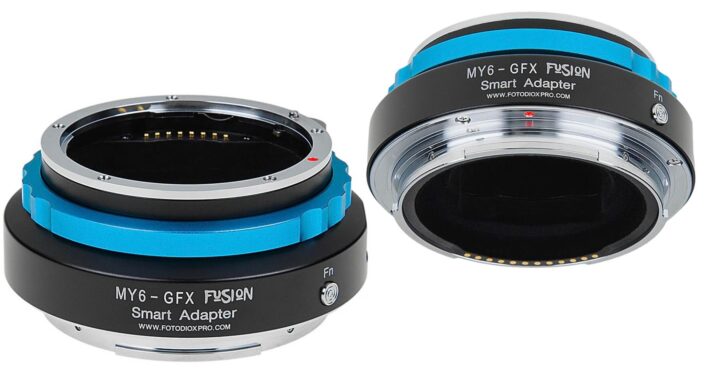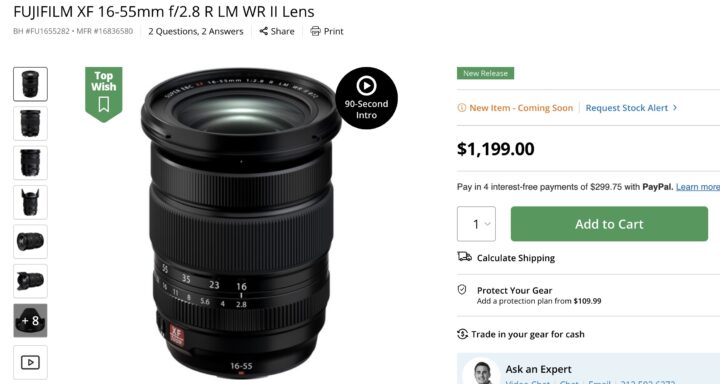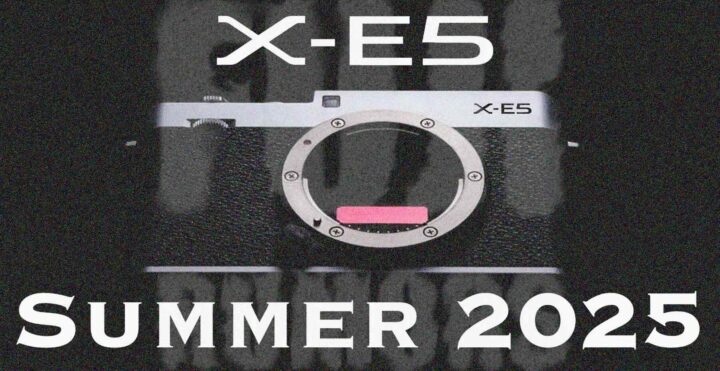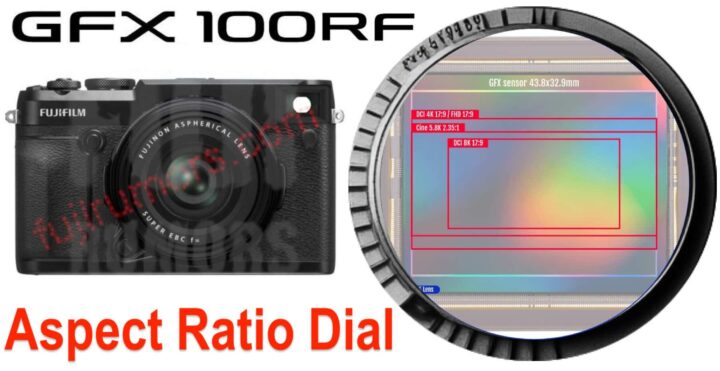Fotodiox Unveils First-Ever Mamiya 6 to Fujifilm GFX Lens Adapter with Electronic Communication
Fotodiox has unveiled the Mamiya 6 to Fujifilm GFX Fusion adapter, marking the first solution capable of electronically managing Mamiya 6 lenses.
Traditionally, Mamiya 6 rangefinder lenses relied on the proprietary electronic system of the Mamiya 6 camera, which rendered them incompatible with other platforms—until now. Leveraging Fotodiox’s Fusion technology, the adapter establishes electronic communication with Fujifilm GFX cameras, enabling functionalities such as aperture control.
In short: the adapter unlocks the internal electronic leaf shutter so that you can use the mechanical shutter of the Fujifilm GFX.
The video below will show you exactly how it works and how to set up the adapter to work properly on your GFX camera.
Key Features
- • Mounts Mamiya 6 Rangefinder Lenses to Fujifilm G-Mount (GFX) Mirrorless Cameras; infinity focus or beyond guaranteed
- • Built-in FUSION technology enables electronic communication and control between lens and camera
- • Allows for some automated functions such as aperture control with compatible lenses
- • Precise fit and solid all-metal construction with chrome plated brass mounts for secure and solid fit; lens has no play, gap or wiggling when mounted on adapter and no adjustments required
Additional Details






